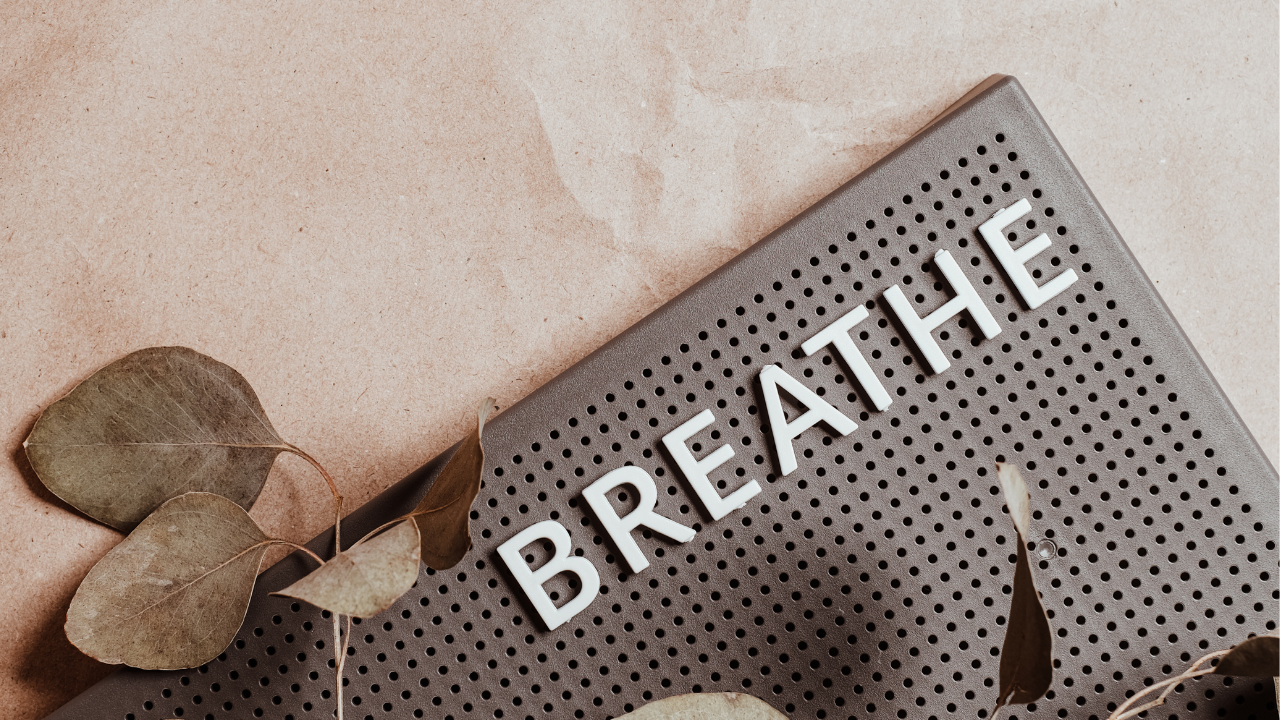5 Grounding Techniques to Control Anxiety
Why use a Grounding Technique?
When you are feeling anxious, insecure, restless, and disconnected from yourself or your surroundings, a grounding exercise can take you away from anxiety-producing thoughts and bring you back into the present.
Grounding is about being aware of what is happening now in the world around you. So, if you are experiencing a “fight or flight” or a panic feeling, grounding can help.
These exercises are to be practised when you are calm. They will provide you with some skills you can use when experiencing a “fight or flight” or panic feeling.
-
The 5-4-3-2-1 Method
In this exercise you will identify sounds, sights, smells, tastes and physical sensations. This helps you become aware of your immediate surroundings and can make you feel more connected in the present moment.
Take a deep breath;
Name 5 things you can see
Name 4 things you can feel
Name 3 things you can hear
Name 2 things you can smell
Name 1 thing you can taste
By the time you have checked in on your senses you should be away from your thoughts and more in the present moment.
-
Deep Breathing
There is good news about deep breathing: It is a natural antidote to regulating your nervous system. Taking a few deep breaths can make a big difference. When your nervous system is getting ready for danger, this will help it come back to its normal resting state. The in-breath is energizing, and the out-breath lets it all go. If you focus on your beathing you will begin to relax and come back to the present moment.
Take a long slow breath in for a count of 5 or 6, then hold it for 1 or 2 seconds. Now exhale for a count of 5 or 6. Repeat this a few times or more if you can. Once finished, notice the sensations you feel in your body. Are you more relaxed?
-
Meditation
There are many ways to meditate. Here is one I like:
Sit in a chair with a back support, your feet supported by the floor and your hands on your lap, so you feel comfortable and relaxed. Close your eyes or pick a spot on the floor in front of you to focus on. Begin by noticing your breathing. You don’t need to change it, just recognize it. Turn your attention inwards to your body and your breathing. As you do that, a thought might come; simply notice it. Without judgement, say to yourself, “that is just a thought”, and then let it go. Return your attention to your breathing. Notice your body and how it feels; your back against the chair, your legs on the chair or your feet on the floor and then go back to your breathing. You may start to notice sounds around you; let that go without judgement and return your attention to your breathing. Continue this for 10 to 15 minutes or for as long as you can.
-
Yoga
Yoga can be a form of moving meditation. It is also all about the breath. In yoga we move through poses with our breath, through the inhale and the exhale. So, if sitting still in meditation is not your thing, you might enjoy yoga. This can help you notice and practice your breathing.
-
Journal Writing
What is happening at the time you feel anxious or triggered. Write about what you are feeling. Are you feeling tense, upset, fearful? Write about how it feels in your body. Are your muscles getting tight? Is your stomach feeling bad? What might be happening to your heart rate? This may help you identify what you are experiencing so you can understand it better. This understanding can help you recognize and interrupt the anxious feelings in future.
Meet Jane Donovan





